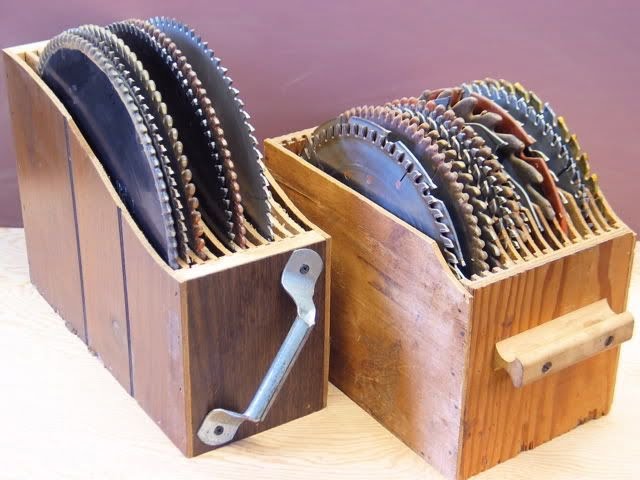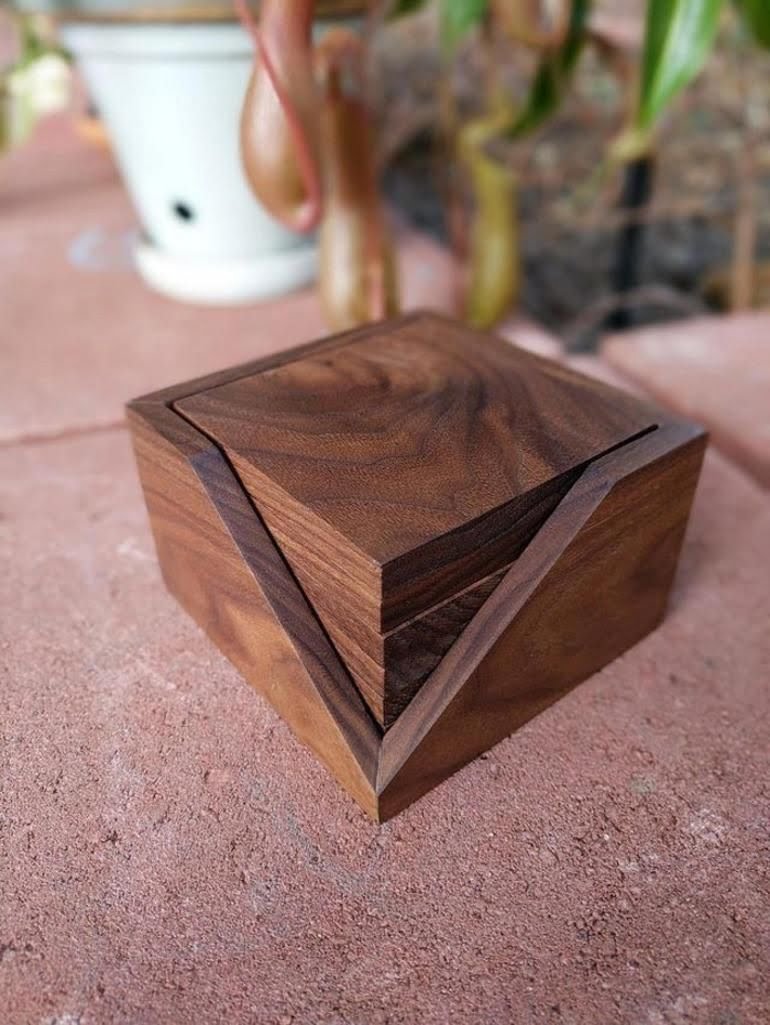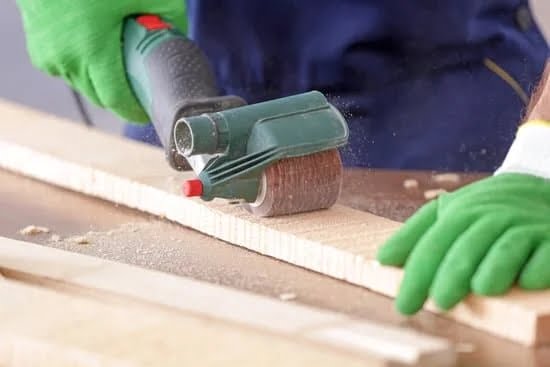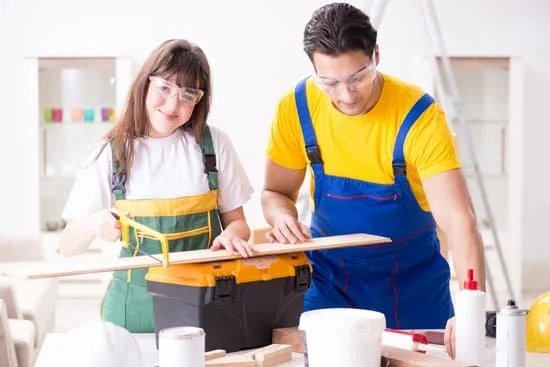Expand on Essential Hand Tools
Essential hand tools for woodworking projects can include carpenter’s and electrician’s levels, tape measures, folding rules, saws such as the Japanese style Dozuki, Western backsaw or keyhole saw, chisels and gouges of various sizes, screwdrivers of all sizes and types (Phillips head, flathead), hammers (Ball-peen/washer face/claw), handsaws such as tenon/dovetail circ Saw or coping saws. When selecting tools it is important to take into consideration the following: comfortability of use, material quality, reputation of brand and sharpening capability. Popular brands include Stanley, Craftsman Hand Tools & Power Tools, Irwin Tools and Kobalt Tools.
Include Safety Guidelines
No matter your level of expertise, using the right tools is essential to successful woodworking. To make sure that you have everything necessary for any project, consider building a basic woodworking tools list.
Safety should be at the top of everyone’s priority list when it comes to working with power tools and other equipment. Before starting any project, review safety guidelines for each tool you will be using. Make sure you are aware of proper handling and usage instructions in order to minimize the risk of injury or property damage. If at anytime you feel uncomfortable with any tool, ask someone more experienced to assist or replace the tool with one that you are more familiar with.
Your list may look different from someone else’s because it depends on your needs and experience level, but some general woodworking items should be on every beginner’s list. Here are a few pieces of equipment you can add to your workbench:
Saw: A circular saw is easiest for cutting straight lines, but a jigsaw is better for curved cuts. Also consider a handsaw as an effective way to cut woods without electricity; an electric miter saw makes precise angled cuts quickly and accurately.
Drill: Look for a cordless drill in case you ever need to drill somewhere without access to an electrical outlet”for instance, in outdoor projects or repairs around the house where electricity isn’t readily available. It’s also essential for drilling holes in lumbar so items like screws and dowels can be inserted into the material seamlessly.
Sanders: A palm sander will come in handy when finishing off surfaces after they’re joined together; its ability to move over larger area quickly makes this job much easier than trying to sand by hand. An orbital sander is also useful for rapid removal on large surfaces since it’s faster than manual methods like sandpaper alone or even block sanders, especially when working on complex shapes and curves that require majority coverage through machinery rather than by hand.
Suggest Alternatives
Basic Woodworking Tools List:
• Hammer ” Can use a mallet or a rubber/plastic hammer instead.
• Saw ” Alternatives include coping saws, scroll saws, rotary tools and hand-held power saws.
• Screwdriver ” Can substitute a power screwdriver or drill instead.
• Chisels and Gouges ” Hand planes, sanding blocks with different grit grades of sandpaper, and an electric sander are all alternatives to these tools.
• Plane ” An orbital sander, belt sander or other power tool can be used in place of a plane for woodwork projects.
• Drill and Drill Bits ” For drilling holes in wood, an oscillating multi-tool can also be used in place of a drill and drill bits.
Link to Sample Works
One of the most important skills in woodworking is having the right tools for the job. Whether you are a professional or amateur, having the correct set of tools can make all the difference when it comes to creating your projects. Here is a basic list of woodworking tools that you will likely need to get started:
• Table saws
• Jigsaw
• Miter saws
• Hand saws
• Routers
• Sanders
• Chisels
• Drill presses
• Wrenches
• Fastening hardware (e.g., screws, nails)
With these versatile tools, you can create a variety of projects such as furniture and cabinetry, musical instruments, picture frames and crafts. To see what professional and amateur woodworkers have been able to produce with these base tools, it’s worthwhile to explore links to sample works and project galleries online where they showcase the amazing capabilities of woodworking tools today. These include websites such as Wood Magazine, Fine WoodWorking Magazine’s Photo Gallery, FamilyHandyman.com’s DIY Projects, Rockler Woodwork Project Plans and HowToSpecialist.com’s Woodworking Projects & Ideas page ” among many others ” that display incredible wooden creations from all over the world.
Add Visuals
The following is a basic list of woodworking tools.
1. Hammer – Used to drive nails, brads, and other hardware into materials.
2. Tape Measure – Used to measure lengths, widths and depths of materials and projects accurately.
3. Circular Saw – Used for quick straight or angled cuts on all types of material, such as lumber or plywood, using the appropriate blades for each type of cut.
4. Table Saw – Used for more precise and accurate cuts than a circular saw can achieve, involving ripping material cross-grain or cutting angles other than 90 degrees.
5. Drill ” Can be used with various drill bits (spade bits, twist drills, etc.) to drill holes in materials (wood, metal, masonry).
6. Router ” A must-have tool that’s capable of taking on a multitude of applications such as mouldings (raised panels or curves), edge profiling and joinery techniques like mortises or tenons, dadoing or rabbeting edges or nearly anything else you may need when woodworking.
7. Hand Plane ” A type of manual plane used hand-held to trim surfaces evenly across either the grain direction or perpendicular to it; they are available in many sizes and configurations and come with options such as curved soles for smoothing rounded concave shapes into convex interior corners; rectangular soles for smoothing flat surfaces; jack planes for general work; block planes for quick trimmings of fine edges; and specialty planes like Rabbet Planes for creating rabbets at specific board ends or side edges; Shoulder Centers Planes for scribing a stopped shoulder at the corner of two members; etc…
Not Just Tools
In addition to the basic woodworking tools needed for every woodworking project, there are important safety items to consider when working with wood. Protective gear and clothing should always be worn when woodworking. This includes items such as safety goggles to protect your eyes from debris or flying particles from saws, hammers and chisels; a dust mask is also important because it protects you from breathing in tiny pieces of sawdust or splinters; ear protection is a must if you are using loud power tools (some ear muffs will also double as eye protection); work gloves can help to prevent cuts, scrapes and other injuries you may get while using sharp tools; and a hard hat should be used if there is any potential of falling objects. The right safety gear and appropriate clothing can help reduce the risk of illness or injury while working with wood.

Hi everyone! I’m a woodworker and blogger, and this is my woodworking blog. In my blog, I share tips and tricks for woodworkers of all skill levels, as well as project ideas that you can try yourself.





